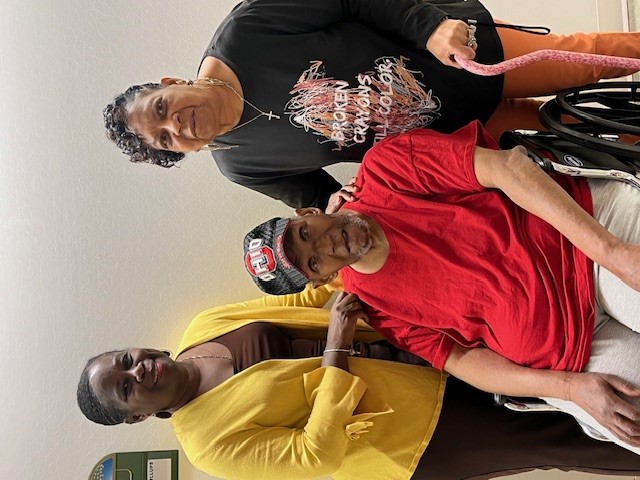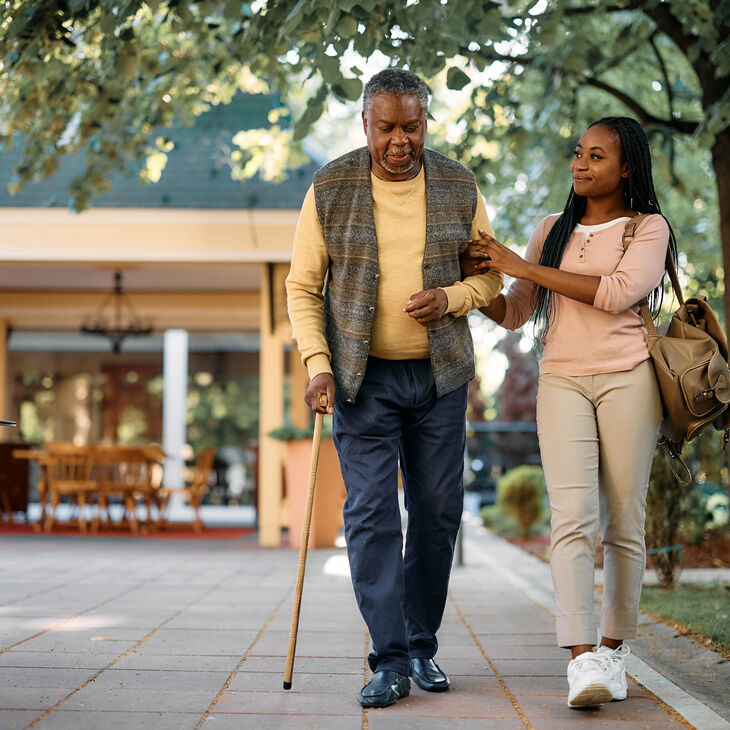Why more understanding – and a more comprehensive response – are so badly needed
by Jin Jun, PhD, RN
Burnout — a psychological condition involving a prolonged response to enduring interpersonal stressors — has almost become a descriptor for nursing work in recent years. The COVID-19 pandemic has pushed many already-stressed nurses into a deep state of burnout, as evidenced by research that finds one in two nurses reporting symptoms of burnout.1
As an increasing number of healthcare leaders, policymakers, researchers and nurses raise this critical issue, there is a need to distinguish other syndromes that overlap with burnout. The impacts of these specific conditions on individuals cannot always be differentiated. Still, it is vital to highlight the key nuances in order to address the causes of these harmful emotional and psychological conditions and to develop strategies to prevent and minimize the exposures or impact:
- Burnout: a work-related stress syndrome characterized by emotional exhaustion, depersonalization and reduced personal accomplishment
- Moral distress: arises when one knows the right thing to do, but institutional constraints make it nearly impossible to pursue the right course of action
- Moral injury: an injury to an individual's moral conscience, resulting from an act of perceived moral transgression that produces profound emotional guilt and shame
- Post-traumatic disorder: psychiatric disorder caused by exposure to a traumatic event or extreme stressor or confrontation with an event or events that involve actual or threatened death or serious injury and involves intense fear, helplessness or horror
- Compassion fatigue: a type of secondary traumatic stress emanating from frontline professionals' "cost of caring" for those suffering psychological pain; feeling a loss of meaning and hope
The question remains what we can do for each other and ourselves. When discussing burnout, we often fall into the trap of taking a binary viewpoint: individual or systemic. However, work is more integrated into one's life than a daily to-do item, especially for nurses and other healthcare professionals. The professional identity of a nurse can become a part of self-identify. Thus, the approaches to burnout must be comprehensive at multi-levels: individual, group, organization and society.
The individual-directed approach aims to care for oneself through various stress-managing activities that bring joy to each person. These measures range from yoga and mindfulness to reading or exercise. In addition to these activities, it is also important to consider the impact of one's mindset on one's perception and reactivity to stressors, including work.
One of the ways to promote a positive mindset is through the group-directed approach. Nursing is a social profession that values connection, not just with patients but also with colleagues. Even though each person feels different degrees of burnout, it is also an emotion that can transfer among the members in the same group — “burnout contagion.” Thus, burnout can also be a collective experience, which requires the members of the same group to influence each other positively through support, kindness and trust.
For the organizational-directed approach, burnout must be reframed as a hazardous occupational phenomenon that requires safe physical and psychological work environments. Furthermore, nurses' work and contributions must be recognized in meaningful ways through equitable compensation and autonomy.
Lastly, from a societal perspective, increased funding to develop programs and research – and the standardization of the data on burnout and its outcomes – are much needed to enhance the epidemiology of burnout.
No one approach alone is sufficient to address the complex and deeply-embedded burnout phenomenon for nurses with so many different complex causes. We live in a complicated and risky world; the risks for burnout are increasing for nurses, and even our students are developing anticipated career burnout. The status quo is not an option, given the widespread impact of burnout on the largest healthcare profession. To achieve real change, we must reframe how we view burnout among nurses. Recognizing the contagious etiology of burnout in nurses and the significance of the occupational environment is the first step in addressing this rampant issue.
Jin Jun, PhD, RN, is an assistant professor at The Ohio State University College of Nursing.
Research cited:
- Sexton JB, Adair KC, Proulx J, et al. Emotional Exhaustion Among US Health Care Workers Before and During the COVID-19 Pandemic, 2019-2021. JAMA Netw Open. 2022;5(9):e2232748. Published 2022 Sep 1. doi:10.1001/jamanetworkopen.2022.32748





